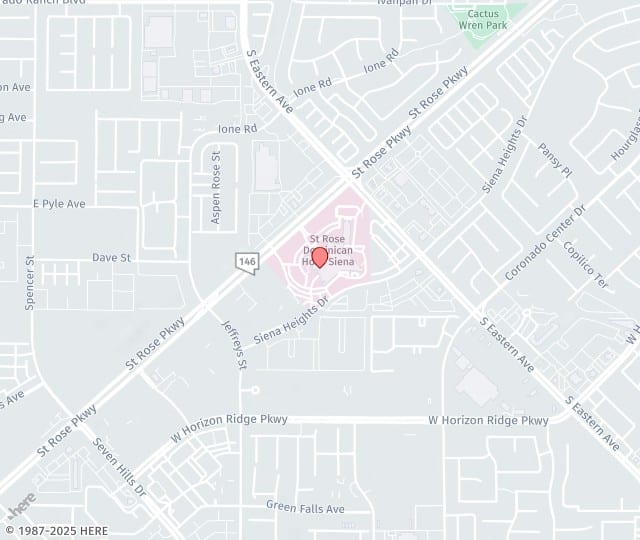The concept of liposuction started in the 1920s, and involved a type of curettage technique, or “scooping out” of fat, that achieved irregular results with risks for bleeding and other complications. This was a morbid procedure, and after a tragic case that resulted in gangrene in the leg of a French model in 1926, fat removal procedures stopped for decades. In the late 60s and early 70s, many surgeons experimented with the liposuction procedure, but again, problems with bleeding and morbidity were issues, as well as poor results.
Modern liposuction first burst on the scene in a presentation by the French surgeon, Dr Yves-Gerard Illouz, in 1982. The “Illouz Method” featured a technique of suction-assisted fat removal after infusing fluid into tissues using blunt cannulas and high-vacuum suction. This was the first time good results were obtained with low complication rates.
In 1985, Klein and Lillis described the high-volume “tumescent technique”, a technique that added high volumes of fluid to the subcutaneous fat prior to extraction of the fatty tissue. This fluid mixture is called tumescent fluid, and contains lidocaine, a local anesthetic, and epinephrine, to constrict blood vessels and prevent blood loss. This improved the safety of the procedure while allowing the procedure to be done under intravenous sedation rather than general anesthesia if desired. However, concerns over the high volume of fluid and potential toxicity of lidocaine with tumescent techniques eventually led to the concept of lower volume infiltration of fluid, which we call “super-wet” tumescent technique. This is the safest and most effective way to perform liposuction, and is the gold standard liposuction technique, which is used in the majority of liposuction cases today.
In the late 1990s, ultrasound was introduced to facilitate the fat removal by first liquefying the fat using ultrasonic energy. The extraction of the fat still involves blunt cannulas used with the super-wet tumescent technique. The idea is that the introduction of thermal energy (heat) could liquefy the fat cells, leading to an easier extraction, while stimulating skin retraction. After a flurry of initial interest, an increase in reported complications tempered the enthusiasm of many practitioners. The thermal or heat component of the technique resulted in higher risks for fluid collections (seromas), skin burns, and even excessive scar tissue and contour irregularities, which are difficult to correct. The procedure also takes longer, increasing lengths of anesthesia time. However, in hard to treat dense and fibrous areas, such as the upper back and male chest, the ultrasonic technique achieves better results than the traditional technique, and is widely used today for these areas.
Technologies involving the use of lasers have become popular in recent years. These techniques, like ultrasound, introduce a thermal component, and are being evaluated to examine any potential benefit over traditional techniques. There is controversy regarding the skin-tightening effect of any particular thermal technique. Skin tightening is seen in all techniques and is related to an individual’s inherent skin tone and natural elasticity, more than the technology used. It is unclear whether thermal damage or heat to the underlying skin results in a long-term skin-tightening effect. What is alarming, however, are the increasing numbers of reports of complications associated with these devices from the underlying thermal damage, especially when untrained practitioners are using the technology. Burns, severe uncorrectable contour problems, and even damage to underlying vital structures are being reported at increasing frequencies. Most board certified plastic surgeons report that many of the modern technologies touted to improve liposuction are simply advertising hooks and that the choice of a quality surgeon is the primary determinant of a quality result.
Overall, the advantages of 30 years of improvements have been that more fat cells can more easily be removed, with less blood loss, less discomfort, and less risk. Results of liposuction are predictable, safe, and reproducible when performed by properly trained board certified plastic surgeons.
Dr. Hayley Brown MD, FACS
Plastic Surgeon Las Vegas
Desert Hills Plastic Surgery Center, Henderson and Las Vegas, Nevada


